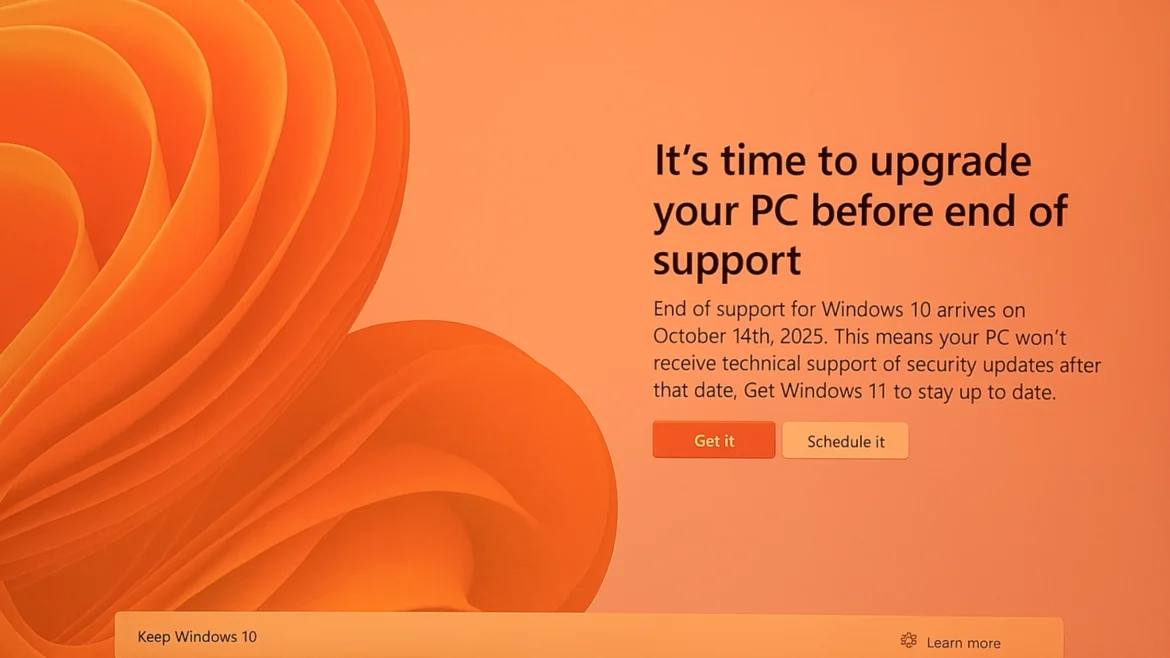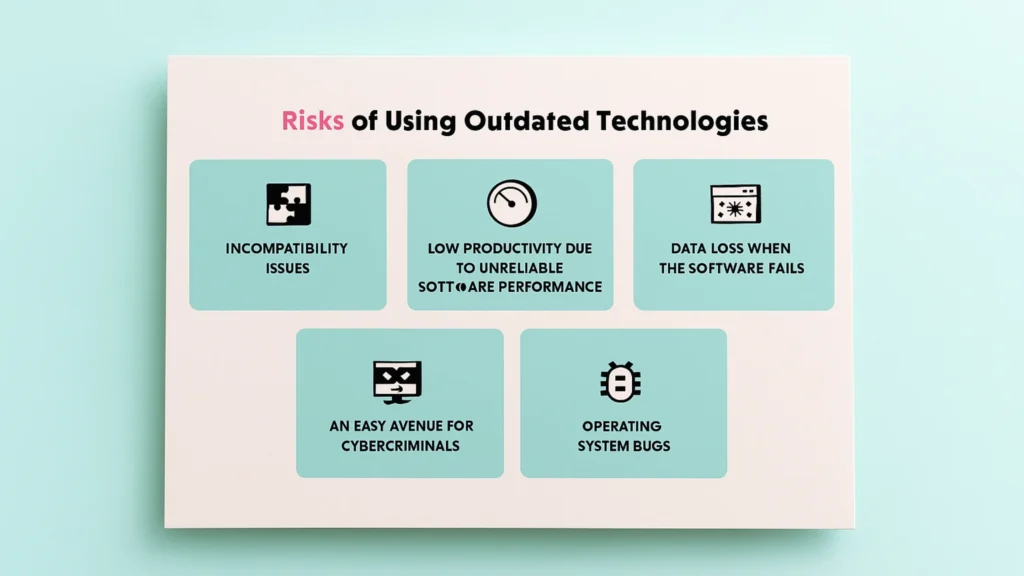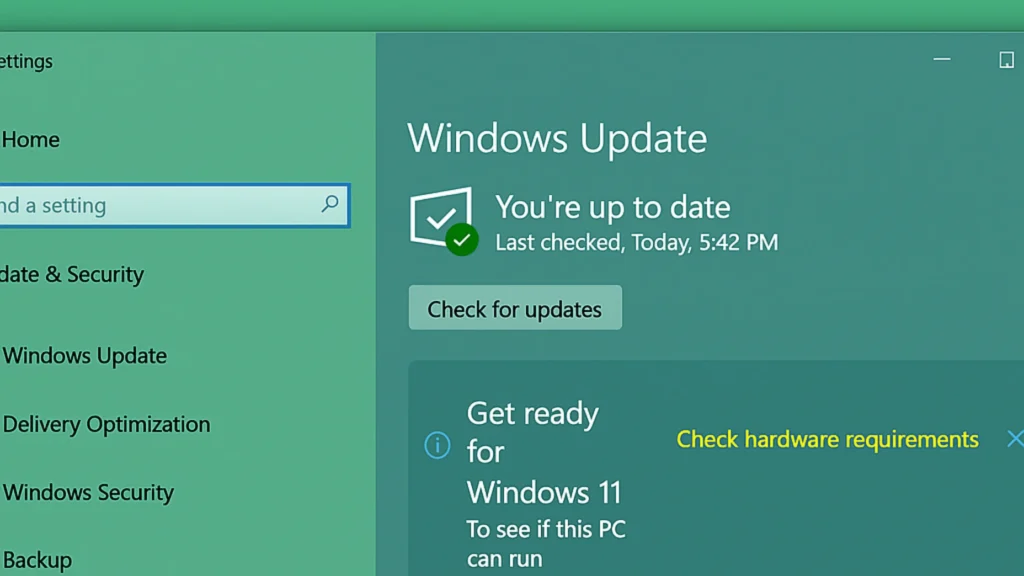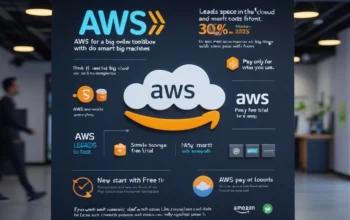
Today marks a big change for many computer users. Windows 10 end of life arrives on October 14, 2025. This means Microsoft stops sending free updates and fixes. Your PC still runs. But it gets riskier over time. Many people wonder what happens after Windows 10 ends.
They ask when Windows 10 will stop being supported. The answer is now. Microsoft Windows 10 end of support starts today. This affects home users and businesses alike. You might see warnings on your screen. For example, pop-ups urge you to upgrade.
This guide explains everything simply. We cover the timeline, risks, and upgrade options. Plus, we share tips to stay safe. Facts come from trusted spots like Microsoft’s site. By the end, you’ll know how to prepare for Windows 10 end of support. Let’s dive in and make this easy.
What Windows 10 End of Life Really Means
Windows 10 end of life signals the end of free help from Microsoft. They no longer send security updates. No more bug fixes either. Your computer works as before. However, new problems stay unfixed. This follows Microsoft’s OS lifecycle policy.
They have supported each version for about 10 years. Windows 10 launched in 2015. So, its time ends now. For instance, older versions like Windows 7 faced the same fate in 2020. Users saw more hacks after that.
What happens after Windows 10 ends? Hackers target weak spots. Without patches, risks grow. Microsoft says your PC faces more viruses. But you can choose options. Like extended support or new software. This change pushes for better security.
Many users feel worried. Yet, planning ahead helps. Check your PC’s version first. Go to Settings and see Update & Security. There, look for end dates.
In short, Windows 10 end of life doesn’t kill your PC. It just stops the free care. Act now to avoid trouble.

The Timeline for Windows 10 Support End Date
Let’s look at the Windows 10 support timeline explained. Microsoft set the end for October 14, 2025. That’s today. Before this, they gave warnings. For example, in 2024, pop-ups appeared on screens. They said the Windows 10 end of service announcement is coming. The last big update was 22H2 in 2022. After that, only security fixes came.
Windows 10 end date October 2025 is firm. But some get more time. Like enterprise users with paid plans. Consumers can enroll for one year free. This extends to 2026. Why this date? It fits Microsoft’s 10-year rule. Past versions followed similar paths. Windows 8.1 ended in 2023.
How to check Windows 10 version end date? Open Settings. Click About. See your build number. Match it to Microsoft’s list online. If it’s old, update now. This timeline helps you plan. Don’t wait. Start thinking about upgrades today.
Moreover, businesses face Windows 10 enterprise support extension. They pay for up to three years. This keeps systems running smoothly.
Risks of Using Windows 10 After End of Support
Is Windows 10 safe to use after the end of support? Not really. Risks of using Windows 10 after the end of life are high. Hackers love old systems. They find holes Microsoft won’t fix. For example, in 2017, WannaCry hit unsupported Windows XP. It locked files and demanded money. Similar threats wait for Windows 10.
Without Microsoft security updates after Windows 10 support ends, viruses spread easy. Your data could get stolen. Or your PC slows down. Businesses face bigger issues. Like data breaches costing millions. One study shows 80% of attacks hit outdated software.
Will Windows 10 still work after 2025? Yes. But it’s like driving without brakes. You might crash. Personal users risk identity theft. Kids’ online safety drops too. To stay secure after Windows 10 ends, upgrade or use extras like antivirus. But even those can’t replace official patches.
In essence, the business impact of Windows 10 end of life is huge. Plan to avoid these dangers.
How to Prepare for Windows 10 End of Support
Start early. Back up your files first. Use OneDrive or external drives. This saves photos and docs. Next, check if your PC runs Windows 11. Download the PC Health Check app from Microsoft. It tells you yes or no.
If yes, upgrade free. If not, consider new hardware. Or enroll in extended support. For home users, it’s simple. Go to Settings, Update, and sign up with Microsoft account. This gives one year free.
What to do when Windows 10 reaches end of life? Test your apps. Some might not work on new systems. For businesses, train staff. Update all devices. This cuts downtime.
Moreover, clean your PC. Remove old files. This speeds up the change. Preparation makes the switch easy. Don’t rush on the last day.
Upgrade Options: Windows 10 vs Windows 11
Windows 10 vs Windows 11 upgrade? Windows 11 brings new looks and tools. Like better search and AI help. But it needs stronger hardware. Such as TPM 2.0 and Secure Boot.
How to upgrade from Windows 10 to Windows 11? If eligible, go to Settings. Click Windows Update. Select Download and Install. It takes an hour or so. Back up first.
Windows 10 upgrade options include buying a new PC. Many come with Windows 11 ready. Prices start at $200. Or use hacks to install on old PCs. But Microsoft warns against it. Updates might stop.
For pros, Windows 11 runs faster. It has better security. Cons? Some old apps need tweaks. Compare features online. This helps decide.
In addition, Microsoft Windows 10 retirement plan pushes for 11. It’s free for most. Make the jump for peace of mind.

Extended Support: Keep Windows 10 Running Longer
Windows 10 extended support lets you pay for more time. Or get it free for one year. This is the ESU program. It sends security updates only. No new features.
For home users, enroll free via Settings. Sign in with a Microsoft account. Sync your data. This extends to October 2026. If not, pay $30.
Businesses pay more. First year $61 per PC. Then doubles each year. Up to three years total. Schools get cheap rates like $1 first year.
Windows 10 security updates end without this. But with ESU, you stay protected. It’s good for old machines. However, it’s not forever. I plan to upgrade later.
Windows 10’s last update is today without ESU. Sign up now to avoid gaps.
Alternatives if You Can’t Upgrade Right Away
Can’t upgrade yet? Try other paths. Switch to Linux. It’s free and secure. Distributions like Ubuntu work on old PCs. They handle web browsing and office work.
Or use ChromeOS Flex. Google makes it. Install on your Windows 10 machine. It turns it into a Chromebook. Good for cloud apps.
Third-party patches exist too. Like 0patch. They fix holes for a fee. About $25 a year. But it’s not official.
For businesses, virtual machines help. Run Windows 11 in the cloud. Costs start at $28 monthly.
These options bridge the gap. But long-term, new Windows is best. Explore what fits your needs.
Windows 10 end of life for businesses and IT admins means big plans. Test these alternatives first.
Conclusion
Today, support ends. But options exist. Upgrade to Windows 11 if you can. Or get extended support. Prepare now to stay safe. Back up data and check hardware. This keeps your info secure. Don’t ignore the risks. Act today for a smooth future. Visit Microsoft’s site for more help. Share your upgrade story in the comments!
FAQs
When will Windows 10 stop being supported?
It stops today, October 14, 2025. No more free updates from Microsoft.
What happens after Windows 10 ends?
Your PC works, but no security fixes. Risks of hacks increase.
Will Windows 10 still work after 2025?
Yes, but it’s unsafe without patches.
How to stay secure after Windows 10 ends?
Enroll in ESU for one year free. Or upgrade.
Key Citations
- Microsoft Support: Windows 10 End of Support
- Microsoft End of Support Page
- Windows Central: Windows 10 EOL FAQ
- ZDNET: Options After Windows 10 EOL
- Microsoft ESU Program
- Endoflife.date: Microsoft Windows
Read More: Microsoft Xbox Prices Just Dropped


